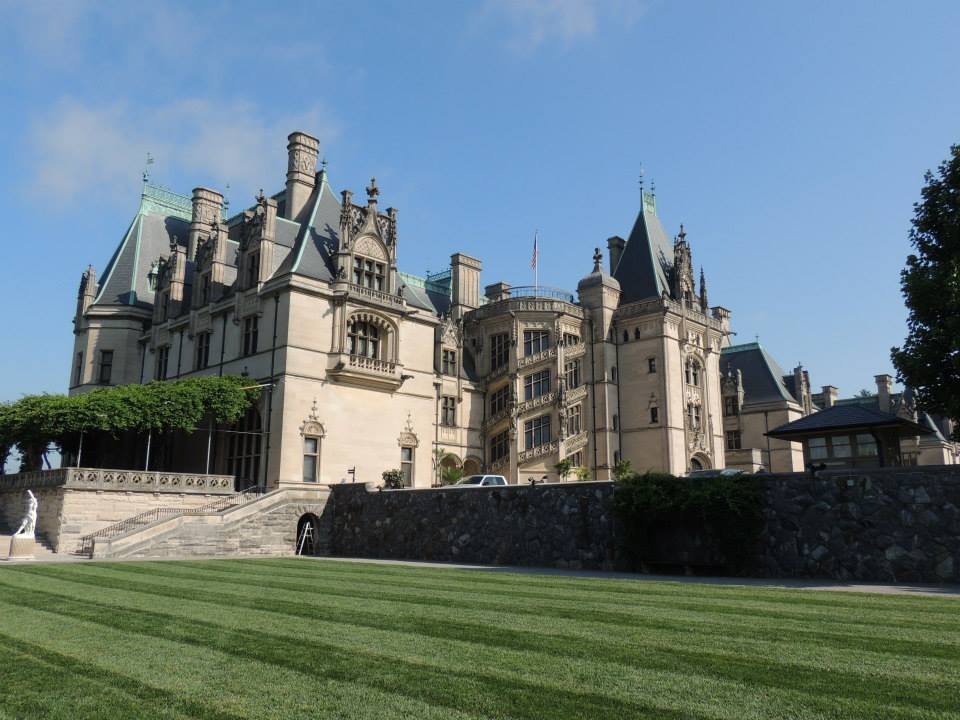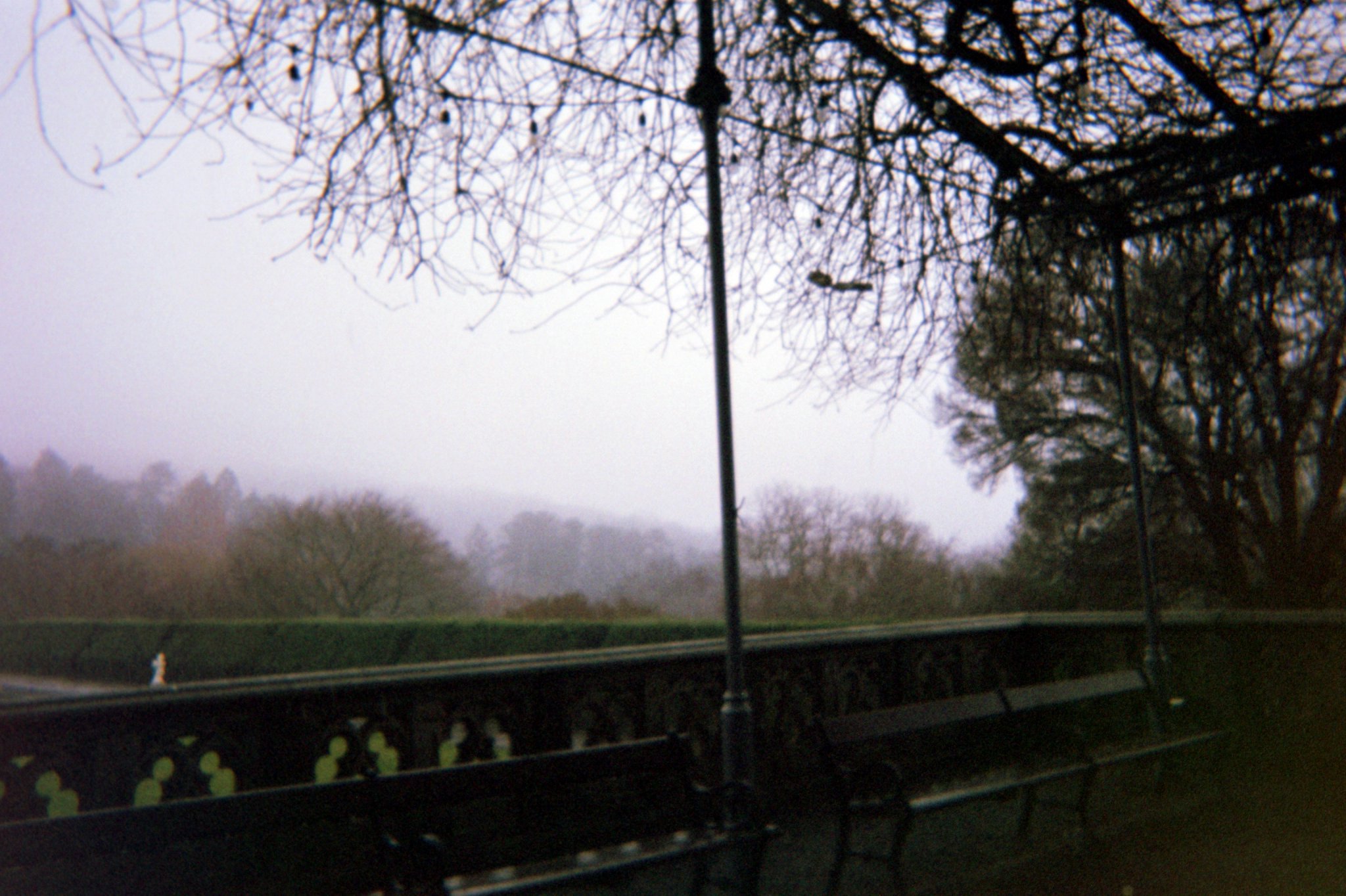The Biltmore Estate’s interior library is a magnificent testament to the opulence of the Gilded Age. This two-story marvel, measuring 53 feet by 72 feet with a 27-foot ceiling, houses an impressive collection of 10,000 volumes. While there’s no specific mention of Hannibal artwork, the library boasts numerous architectural and artistic treasures, including a grand spiral staircase, hidden passageways, and a stunning ceiling painting. Let’s explore this literary sanctuary that continues to captivate visitors with its grandeur and historical significance.
What Are the Key Design Elements of the Biltmore Estate Interior Library?

The Biltmore Estate’s interior library is a masterpiece of architectural design, featuring:
- A two-story layout with a wraparound balcony
- An ornate spiral staircase
- Hidden passageways connecting to bedrooms
- A black marble fireplace with a walnut mantle
- Carved wooden figures representing Philosophy and Health
- An oil lamp carving symbolizing knowledge and enlightenment
The library’s dimensions are impressive, measuring 53 feet by 72 feet, with a soaring ceiling height of 27 feet. This grand scale is typical of Gilded Age architecture, designed to awe and impress visitors.
What Artistic Treasures Can Be Found in the Library?

While there’s no specific mention of Hannibal artwork, the library houses several notable artistic features:
- Ceiling Painting: “The Chariots of Aurora” by Giovanni Antonio Pelligrini
- Dimensions: 64 feet long and 32 feet wide
- Composition: 13 separate canvases
-
Origin: Originally from a palace in Venice, Italy
-
Fireplace and Mantle: Designed by Austrian artist Karl Bitter
- Material: Black marble with a walnut mantle
- Carvings: Wooden figures of Philosophy and Health
-
Symbolism: Oil lamp carving representing knowledge and enlightenment
-
Book Collection:
- Total volumes: About 10,000 (part of George Vanderbilt’s 23,000-volume collection)
- Oldest book: Dates back to 1561
- Subjects: History, art, architecture, and literature
How Does the Library Reflect Gilded Age Design Philosophies?
The Biltmore Estate’s interior library embodies several key aspects of Gilded Age design:
- Architectural Style: Châteauesque, inspired by French Renaissance architecture
- Grand Scale: Impressive dimensions and high ceilings
- Intricate Details: Ornate carvings, hidden passageways, and decorative elements
- High-Quality Materials: Use of wood, marble, and stone
- Personal Touch: Reflects George Vanderbilt’s passion for reading and learning
This combination of elements creates a space that exemplifies the opulence and grandeur characteristic of the Gilded Age.
What Accessibility Options Are Available for Visitors?
Visitors to the Biltmore Estate can explore the library through various tour options:
- Self-Guided Tour:
- Covers three floors and the basement of Biltmore House
-
Includes a portion of the library
-
Special Guided Tours:
- Provide access to additional sections of the house and library
- May incur extra costs
| Tour Type | Areas Covered | Additional Cost |
|---|---|---|
| Self-Guided | Three floors, basement, portion of library | Included in general admission |
| Special Guided | Additional house and library sections | Extra fee may apply |
While specific details on parking availability and guided tour schedules are not provided, visitors are advised to check the Biltmore Estate’s official resources for the most up-to-date information.
How Does the Library’s Design Contribute to Its Historical Significance?
The Biltmore Estate’s interior library holds significant historical value due to several factors:
-
Architectural Innovation: The library showcases advanced design elements for its time, including hidden passageways and a grand spiral staircase.
-
Artistic Preservation: The ceiling painting, “The Chariots of Aurora,” represents a piece of European art history transplanted to America.
-
Cultural Reflection: The library’s design and contents reflect the intellectual pursuits and tastes of the American elite during the Gilded Age.
-
Preservation of Knowledge: With books dating back to 1561, the library serves as a repository of historical and cultural information.
-
Architectural Influence: As part of the larger Biltmore Estate, the library contributes to one of the most significant examples of Gilded Age architecture in the United States.
The library’s design, with its blend of European influences and American wealth, serves as a tangible link to a pivotal period in U.S. history. It offers visitors a glimpse into the lifestyle and values of the American upper class at the turn of the 20th century.
In conclusion, while there may not be specific Hannibal artwork in the Biltmore Estate’s interior library, the space is rich with artistic and historical treasures. From its impressive architecture to its valuable book collection, the library continues to captivate visitors, offering a window into the opulence and cultural aspirations of the Gilded Age. Whether you’re an architecture enthusiast, a book lover, or a history buff, the Biltmore Estate’s interior library is a must-see destination that brings the past to life in grand style.
References:
1. https://www.romanticasheville.com/biltmore_house.htm
2. http://www.artofwondering.com/2018/06/22/biltmore-library/
3. https://www.smliv.com/stories/ex-libris-biltmoris/
